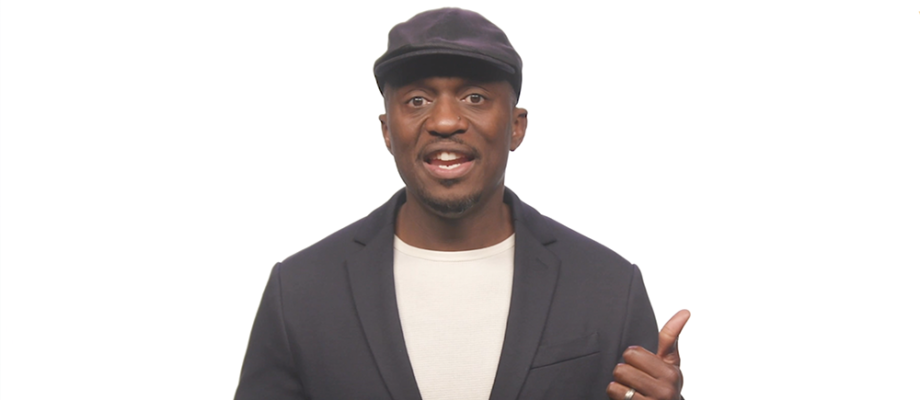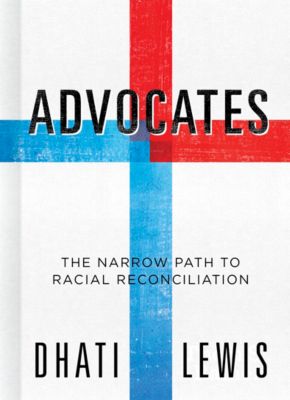In America, cities are growing and urban centers are getting bigger and bigger. In this video, author and Lead Pastor, Dhati Lewis, explains some of the misconceptions of urban ministry and what this evolving “new urban” will mean for the Church.
The video is above and the entire transcript is below.
As a lead pastor at Blueprint Church ministering in the old Fourth Ward [in Atlanta], I minister in some of the largest growing, gentrifying population, but also the largest Section 8 housing. And there’s this kind of this world that’s going on and we have, what I call, the “new urban”. When I think about the “new urban”, a lot of times people are ask me about urban and urbanization and like, “What is this urban?” And there’s a lot of misunderstandings about this urban context.
One of the things I think about when I think about the “new urban” is once going into an Urban Outfitters. I remember walking into this Urban Outfitters and I was just like, “Man, there’s nothing urban about this outfitter.” Right?
Because a lot of times it comes with the misconceptions about what urban is. Because a lot of times we think urban is minority, it’s inner-city, it’s these things, but really urban – and when I talk about “new urban” – is both density and diversity. It is these worlds coming together and addressing these issues. When I think about urban, I think about minority/majority, multi-ethnic spaces. We think of this “new urban” in the way I define minority/majority, multi-ethnic.
Minority/majority is just formed in two ways. One, it is where the minority is the majority. A place like Atlanta. Atlanta, GA has 60% African-Americans and so the minority is the majority in that context. The other way it’s like minority/majority is a place like San Jose where the largest population is Hispanic, but it’s 17%. And then there’s 15% Asian, 12% Anglo, and it goes on. So there is no true majority culture. Everyone is the minority.
Sociologists tell us by the year 2042 that America will be a minority/majority country. What that means is that we need to come and think about new ways that we are engaging with people in the city. I think it’s important for us to think about relationships when it comes to the idea of ministering in a minority/majority, multi-ethnic context.
While America’s moving to a minority/majority, multi-ethnic, we have to recognize that the Bible is very fluent in speaking to these issues and addressing them in a lot of different ways. When we talk about this idea of ministering, we can look at the book of Galatians. We can look at the book of Romans. We can survey the book of Acts of how [Christians] took a message that was homogenous at the very beginning and then had made it multi-ethnic. Then that began to deal with and address the issues and we can address it in a way where we can begin to strip our cultural preferences, our cultural things, nuances, and begin to find where is the gospel center at everything that we’re doing.
I pray that as the world is becoming more minority/majority that we can leave some of our homogenous unit principles behind and move to a more multi-ethnic way of doing and engaging missions as missionaries. Ultimately what I’m saying is that we need to move from an ethnic missiology to a neighbor missiology.


